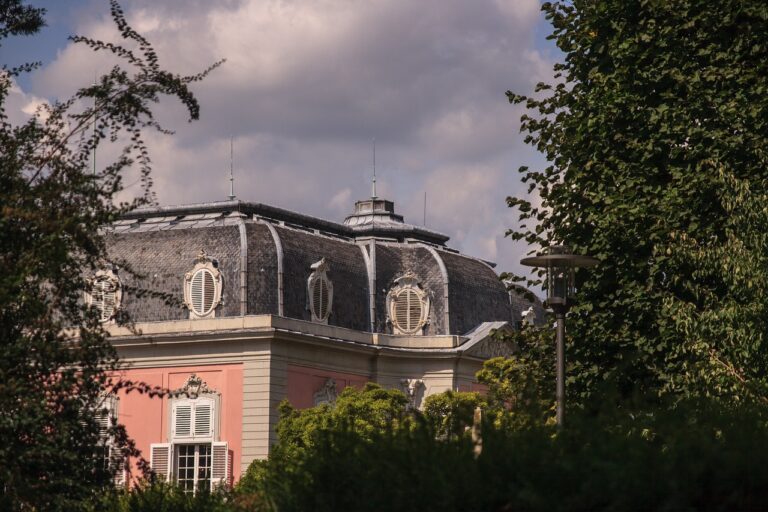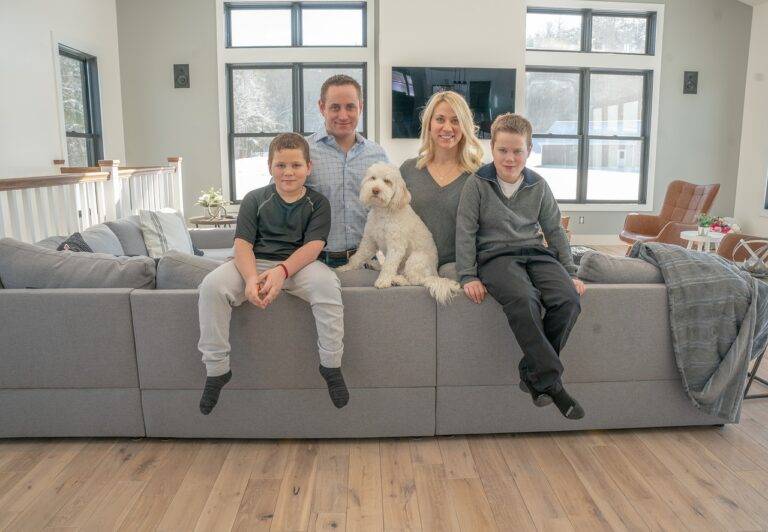Vintage Revival: Incorporating Retro Elements into Modern Home Design
When it comes to infusing retro elements into your modern home design, it’s all about striking the right balance between the old and the new. Mixing vintage pieces with contemporary furnishings can add character and charm to your space while creating a unique aesthetic that reflects your personal style. Consider incorporating retro furniture like mid-century armchairs or a vintage record player to add a touch of nostalgia to your living room or study.
In addition to furniture, incorporating retro elements through decor can also make a big impact. Opt for bold, geometric patterns in your textiles or wallpaper to give your space a retro feel. Vintage lighting fixtures, such as statement pendant lights or retro-inspired desk lamps, can also help tie the look together and create a sense of cohesion in your design scheme. By carefully curating your retro pieces and integrating them thoughtfully into your modern home, you can create a space that feels both timeless and on-trend.
Understanding the History of Retro Design
Retro design is a style that draws inspiration from past decades, particularly from the mid-20th century. This design aesthetic became prominent in the 1950s and continued to evolve through the 1970s. One of the key features of retro design is its nostalgic appeal, reflecting a sense of longing for the aesthetics of bygone eras.
During the post-World War II period, rapid advancements in technology and changes in cultural norms greatly influenced design trends. This era saw the rise of mid-century modern design, characterized by clean lines, minimalist forms, and an emphasis on functionality. Retro design integrates elements from this period, blending vintage charm with contemporary sensibilities to create a unique and timeless look.
• Retro design draws inspiration from past decades, particularly the mid-20th century
• The aesthetic became prominent in the 1950s and evolved through the 1970s
• One key feature of retro design is its nostalgic appeal, reflecting a longing for bygone eras
• Post-World War II advancements in technology and cultural changes greatly influenced design trends
• Mid-century modern design emerged during this period, known for clean lines, minimalist forms, and functionality
• Retro design integrates elements from mid-century modern design to create a unique and timeless look
Choosing the Right Vintage Pieces for Your Home
When selecting vintage pieces for your home, it’s important to consider the overall aesthetic you are trying to achieve. Look for pieces that resonate with your personal style and complement the existing decor in your space. Whether you prefer mid-century modern furniture or Victorian-inspired accents, choosing pieces that speak to your design sensibilities will ensure a cohesive and visually appealing look for your home.
Additionally, think about the function of the vintage pieces you are considering. While it’s important for your home to have a unique and curated feel, it’s equally crucial for these pieces to be practical and functional in your day-to-day life. Whether it’s a statement vintage lamp or a classic antique mirror, prioritize pieces that not only add visual interest but also serve a purpose in enhancing the functionality of your living space.
How can I incorporate retro elements into my modern home design?
You can incorporate retro elements into your modern home design by mixing vintage pieces with contemporary furnishings, using retro colors and patterns, and incorporating retro-inspired accessories.
Why is it important to understand the history of retro design?
Understanding the history of retro design can help you make informed decisions when choosing vintage pieces for your home. It can also give you a better appreciation for the design aesthetic and help you create a cohesive look in your space.
How do I choose the right vintage pieces for my home?
When choosing vintage pieces for your home, consider the style, era, and condition of the piece. Make sure it complements your existing decor and fits the overall aesthetic you are trying to achieve. You should also consider the functionality of the piece and how it will be used in your space.







